Rajasthan is a state that is popular not only for its deserts but also for its forts. When talking about forts in Rajasthan, one fort that stands as proof of the rich history of the state and the entire nation is Chittorgarh Fort. It is standing in the southeastern part of the state. The fort holds the pride of being a UNESCO World Heritage Site. It has witnessed stories of resilience, sacrifice and valour. Its historical importance and grandeur make this fort a must-visit destination if you are a history buff.
From this guide on Chittorgarh Fort, Rajasthan you will learn everything about it. Yes, you will learn about its history, how to reach this fort and many other information from this comprehensive guide:
History & Story Behind Chittorgarh Fort
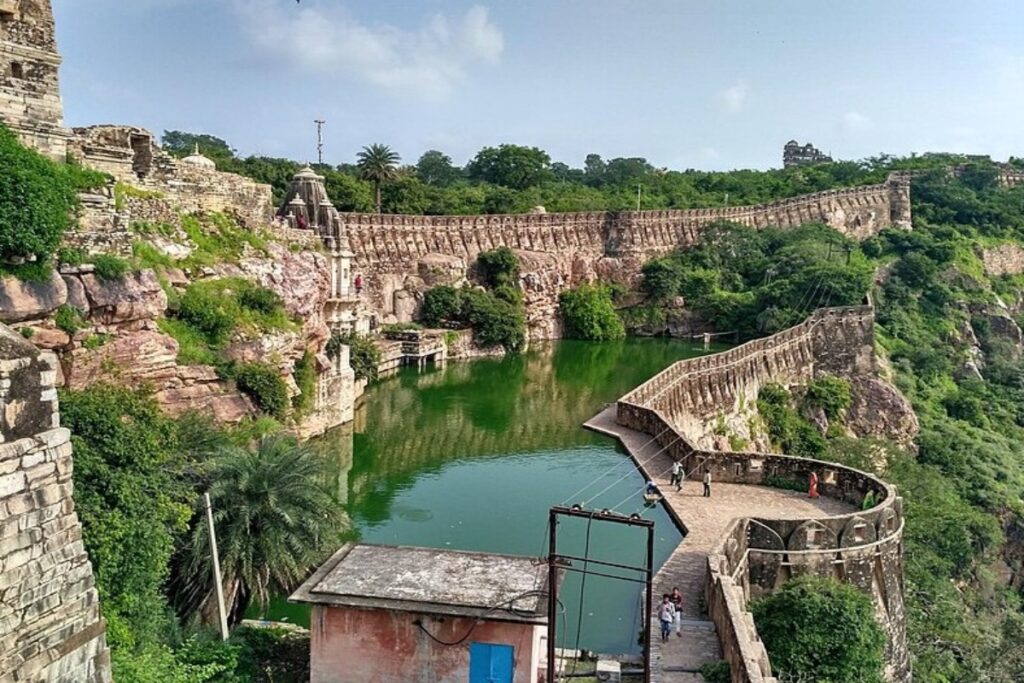
Initially, Chittorgarh Fort was referred to as Chitrakut. The fort is believed to have been erected in the 7th century CE by the Mauryan Rulers. You might have heard that this fort is associated with the Guhila Dynasty. However, the founders of this fort are the Mauryan Rulers. Guhila Dynasty captured this fort between 728 and 734 CE. Over its years of existence, the fort stands as a symbol of the bravery of Rajputs. It has witnessed a lot of sieges. Yet, it stands tall even today. It is standing atop a 180-metre hill, and it is spread over 700 acres of land.
Story Behind
One of the key events was the siege conducted in 1303 by Alauddin Khilji. The legend says that Khilji was attracted by the beauty of Rani Padmini, the wife of King Ratnasimha, who was ruling this region during Alauddin Khilji’s entry.
Attracted by the beauty of Rani Padmini, Khilji decided to possess her. With this intent, he surrounded the fort. Understanding the danger before their eyes, the Rani and numerous other women committed Jauhar to safeguard their honour. Jauhar is nothing but a mass self-immolation conducted by women to avoid being raped, enslaved and captured.
After this, the fort faced many sieges. One of them is the siege carried out in 1535 by Bahadur Shah of Gujarat. Also, the siege was conducted in 1567 by the Mughal Emperor Akbar. The interesting thing is that every time the fort was attacked, the defenders showcased incomparable valour. This is why Chittorgarh Fort still finds a place in the history.
Ghost Stories Around The Fort
As Rani Padmini, together with many women, committed Jauhar in this fort, legends suggest that the spirit of those women continues to linger within the confines of the fort. Many visitors to this fort have had eerie experiences, particularly when they come across the remains of Rana Kumbha’s Palace, where the Jauhar happened. Even though these stories add an element of intrigue, the fort continues to stand as a gentle reminder of the great past.
How to Reach?
By Bus
If you would like to travel by bus, you can find a lot of Rajasthan State Road Transport Corporation and private buses from different parts of the state that can take you to Chittorgarh Fort. From the state capital city, Jaipur, the distance to the fort is around 310 km. You can find buses from the capital city that will take you to the fort.
By Train
The nearest railway station to Chittorgarh Fort is the Chittaurgarh Junction. This railway station is standing on the Ajmer to Ratlam Line. It is connected to major cities like Mumbai, Delhi, Udaipur and Jaipur. Popular trains like Mewar Express and Chetak Express halt at this railway station. So, a train trip will be the best choice.
By Flight
If you would like to travel by air, the nearest airport to the fort is Maharana Pratap Airport in Udaipur. The airport is located around 95 km away. You can find regular flights from major cities taking passengers to the Udaipur Airport. From this airport, you can hire a taxi to take you directly to the fort.
By Car
Would you like to drive? If so, you can access Chittorgarh through the National Highway 27. The roads leading to the fort are maintained well. So, you can expect a pleasant experience driving through the landscapes of Rajasthan.
Key Attractions & Things to Do
When you visit the Chittorgarh Fort, you should not miss out on certain things. Here are a few of them:
Visit the Tower of Victory
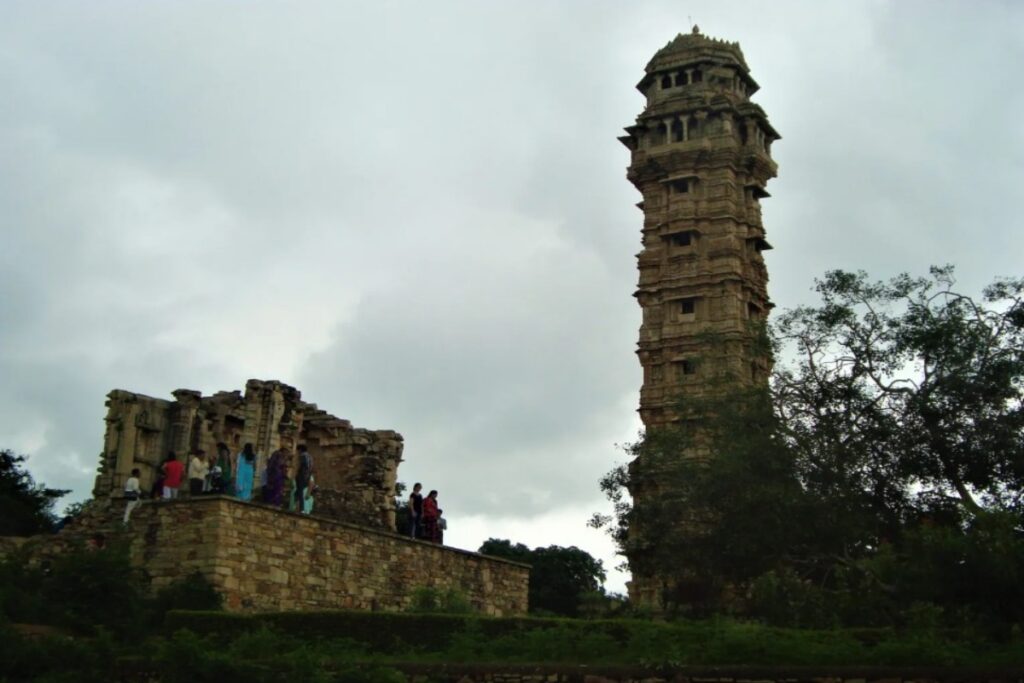
Officially called Vijay Stambha, this tower was erected by Maharana Kumbha in 1440. He erected it to mark his victory over the Malwa Rulers and Gujarat. You will be surprised to know that it is a 9-storey tower. It has been erected at a height of 122 feet. Its exteriors are beautiful, with intricate carvings. When you climb to the top of the tower, you can get stunning views of the fort and its surrounding areas.
Explore the Tower of Fame
Officially called Kirti Stambha, this 22-meter-high tower dates back to the 12th century. It is dedicated to the first Jain Tirthankara, Rishabha. This tower is beautified with Jain sculptures. It stands as proof of the religious diversity of Chittorgarh Fort.
Go To Rana Kumbha’s Palace
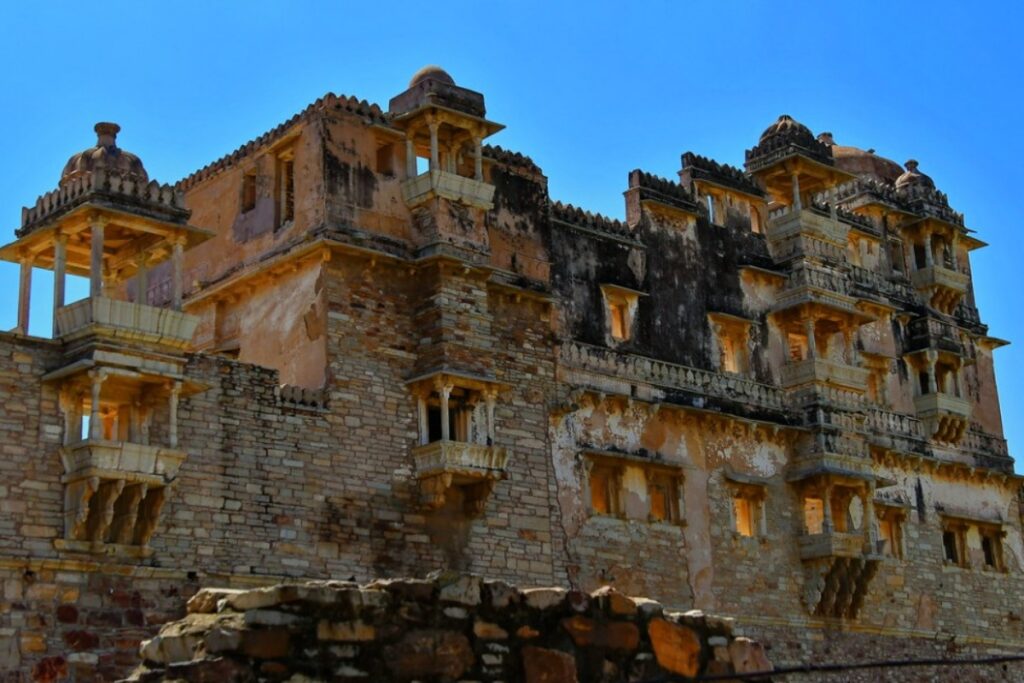
This palace was once the residence of the brave Rana Kumbha. It should be stated that this palace is an architectural marvel. It is known for its historical importance. The reason is that it is where Rani Padmini and other women committed Jauhar.
Visit Rani Padmini’s Palace
This palace is located amidst a lotus pool. This palace is thought to be the place where Alauddin Khilji got the first sight of Rani Padmini’s reflection. So, his desire to capture her popped up at this place. This palace is known for its unrestrained history, but the serene surroundings are a feast to your eyes.
Pray At Meera Temple
You might have heard about the great poet Meera Bai. She was an ardent devotee of Lord Krishna. This temple is dedicated to the poet, and it showcases intricate carvings. You can gain insights into the devotion and life of Baktha Meera.
Go To Gaumukh Reservoir
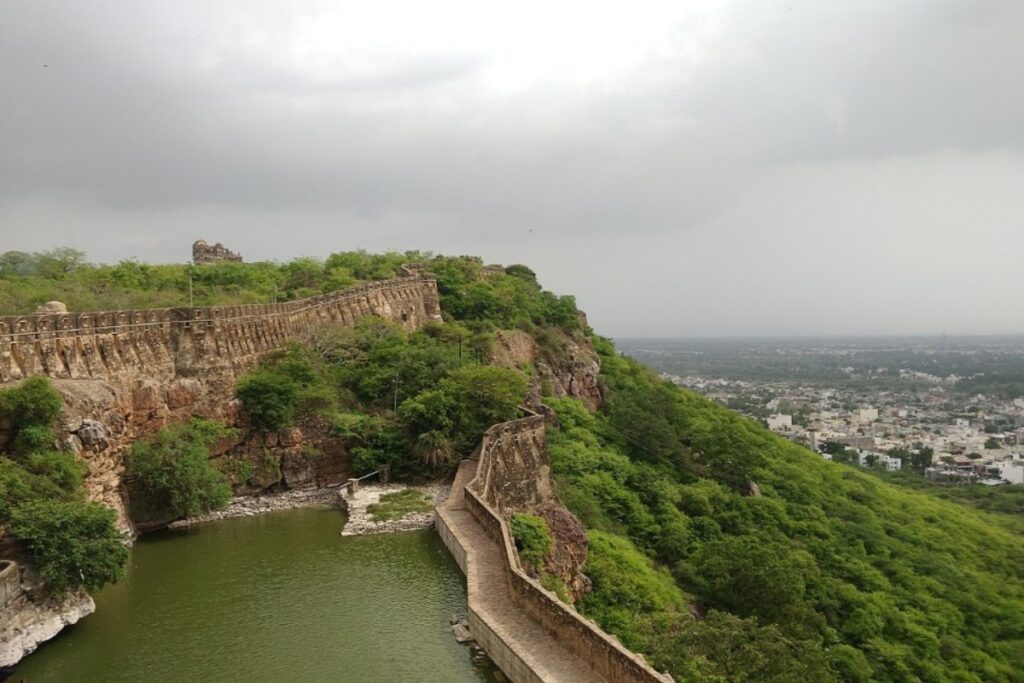
This reservoir was once the main source of water for the inhabitants of the Chittorgarh Fort. It is fed by a perennial spring. The serene ambience and surrounding structures make this spot worth visiting.
Kalika Mata Temple
This temple is dedicated to Goddess Kali. However, it was originally built in the 8th century for the Sun God Surya. Then it was later converted into a temple for Kali Mata in the 14th century. During the Navaratri Festival, this temple was once a hub of activities.
Explore the Fateh Prakash Palace
This palace was erected during Rana Fateh Singh’s rule. This palace is located within the Chittorgarh Fort. The palace was once used as the residence of Rana Fateh Singh. It showcases the interest of the king in culture and art. The palace is beautified with a lot of pillars and corridors constructed in Rajasthani style. It has wall paintings that showcase the legends of Rajasthan. Particularly, the paintings show the things that happened between the 17th and 19th centuries. In 1968, a large portion of this palace was converted into a museum.
Attend the Light and Sound Show
You can understand the rich history and culture of the fort by attending the light and sound show.
In addition, you can also visit the Shyam Temple and Singa Chowri Temple during your visit to Chittorgarh Fort.
Best Time & Season To Visit
The best time to visit Chittorgarh Fort is between October and March. The reason is that you will experience pleasant weather during this season. The daytime temperatures during this season range between 20 and 28 degrees Celsius. So you can comfortably explore the places.
Duration To See
Chittorgarh Fort is huge. Many attractions are located within the walls of this fort. So, it is better to allocate at least a whole day for exploring this fort. If you have time constraints, you can dedicate at least 4 to 5 hours to explore the fort.
Entry Fee & Ticket Prices
The entry fee for adults to Chittorgarh Fort is Rs.40. When this fee applies to Indian nationals, foreign nationals will have to pay a fee of INR 600. Children below 15 years are allowed to enter the fort for free. For the light and sound show, the fee is Rs.150 per person for adults. For children, the fee is Rs.75.
FAQ
1. I heard that we can feed fish in Water Bodies Within Chittorgarh Fort. Is it possible?
Yes, you can do this, particularly in the Gaumukh Reservoir. It will give you a different experience for sure.
2. Are Guided Tours Conducted in Chittorgarh Fort?
Yes, to explain the history of the fort, guided tours are available. You can gain more insights by watching the light and sound show conducted in the evenings.
3. Can I Take Pictures Inside the Chittorgarh Fort?
Yes, photography is permitted inside the fort. You can capture the beauty of architectural marvels and scenic vistas for sure.
Check out my other posts on Rajasthan
What is So Unique About Kumbhalgarh Fort and Why It Should Be on Your Budget List?
What Is So Unique About Bhangarh Fort and Why It Should Be on Your List?
Nahargarh Fort Guide – All you need to know about Nahargarh Fort near Jaipur
Udaipur Itinerary – Spending 4 Days in Udaipur to see best of the city
8-day Rajasthan itinerary For A Journey Through the Land of Kings
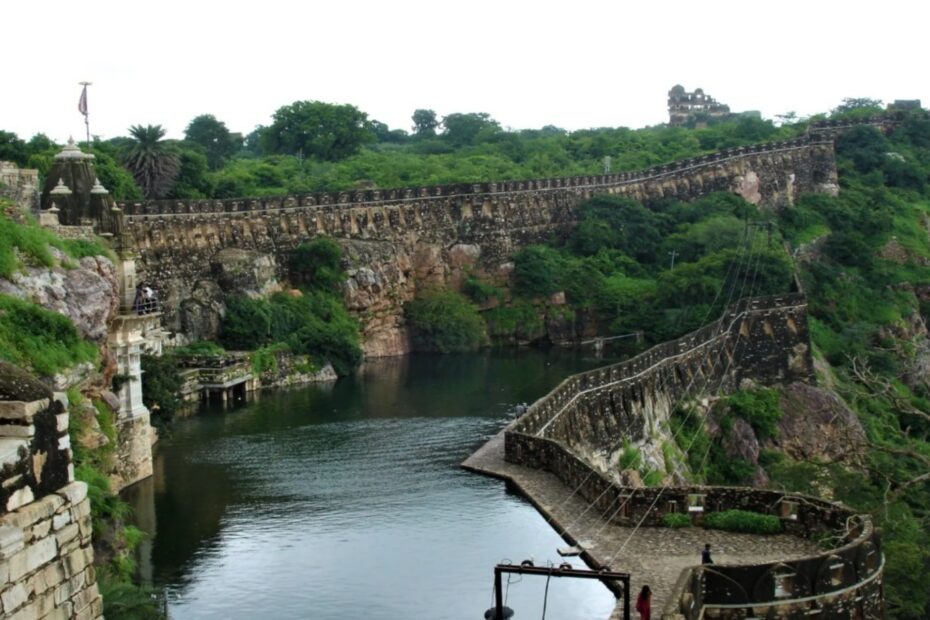
The information provided in the following blog is quite useful and informative. This helps travellers across be more precise about the journey and how they can travel safely.